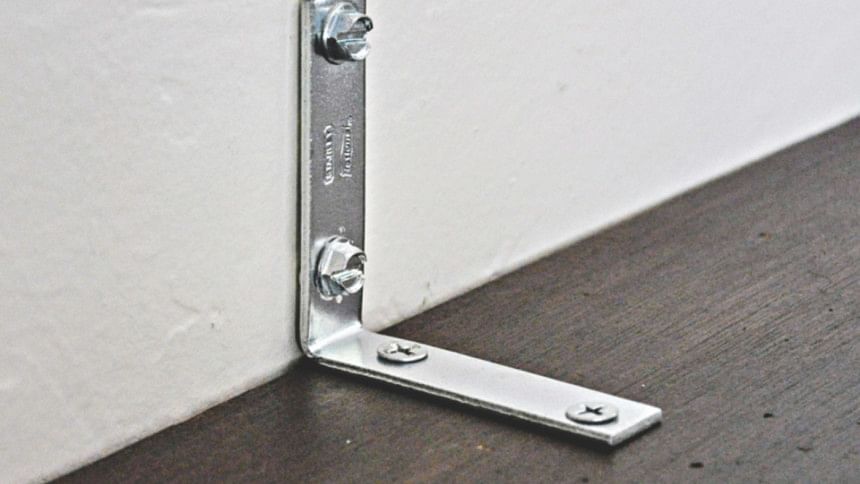How to babyproof your home

Safety gates
If you live in a duplex or a house with multiple floors, use safety gates at the top and bottom of stairways. Safety gates can be added in doorways or rooms with hazards as well. The safest baby gates are the plastic ones with solid panels. Babies can get their fingers, hands or heads stuck between the rails in the ones with fancy bars.

Furniture brackets
Even bookcases, shelves and heavy furniture run the risk of tipping. So when storing items, put the heaviest things on the bottom shelves and drawers. Invest in some quality brackets and anchors to secure your furniture to the ground for good.

Cabinet and door locks
First of all, the kitchen and the bathroom should be off limits for babies. But in the unlikely event you do not have your eye on your child, it's wise to secure bottom kitchen and bathroom cabinets with baby-proof locks. Sharp kitchen utensils should be locked up, as should cleaning chemicals and detergents. Install locks on the outer side of your kitchen/bathroom door to best avoid an accident.

Outlet covers
Houses are swarming with electrical outlets in every nook and cranny. The socket for the floor lamp behind the bookshelves? Your baby can probably squeeze its teeny-tiny fingers inside somehow. Go with plastic plug-in outlet covers that will break your nails every time you try to remove them. These are especially a must for all floor level outlets. Keep sockets unplugged and covered for as long as possible.

Check the blinds
Does your home have blinds with looped cords? Or heavy low-lying curtains? Both of these can be strangulation or suffocation hazards for babies. Always lock blinds all the way up or down and wind up the cords out of reach.

Secure the windows
Check if all the windows in our house have functioning locks installed. Low windows shouldn't open more than 4 inches so splurge in window stops to prevent them from opening more than this. Also, furniture that the baby can climb up should be placed away from windows. This includes shelves, cribs, beds and tables.

Remove or cover sharp edges
Furniture with sharp edges and babies learning to crawl or walk are not a good combination. Swap angular tables and chares for more rounded ones. Better yet, get rid of any unnecessary furniture while your child is still young. For furniture you absolutely can't get rid off, buy safety guards that turn scary corners into soft, harmless edges.

 For all latest news, follow The Daily Star's Google News channel.
For all latest news, follow The Daily Star's Google News channel. 



Comments